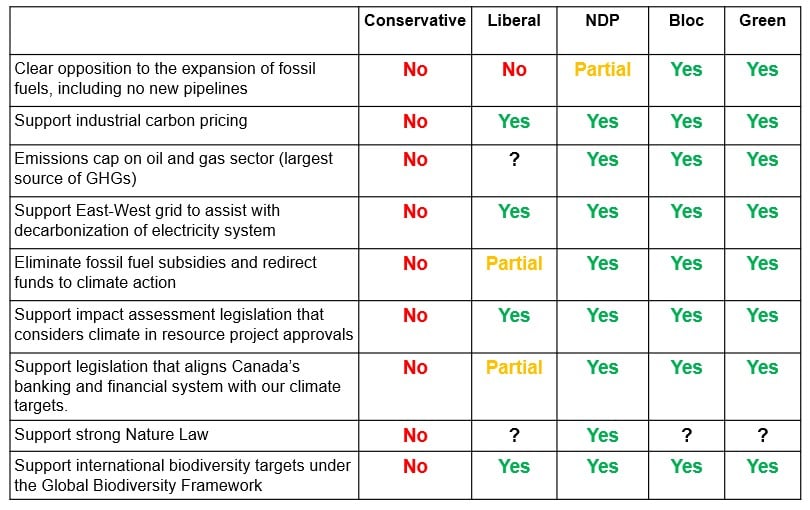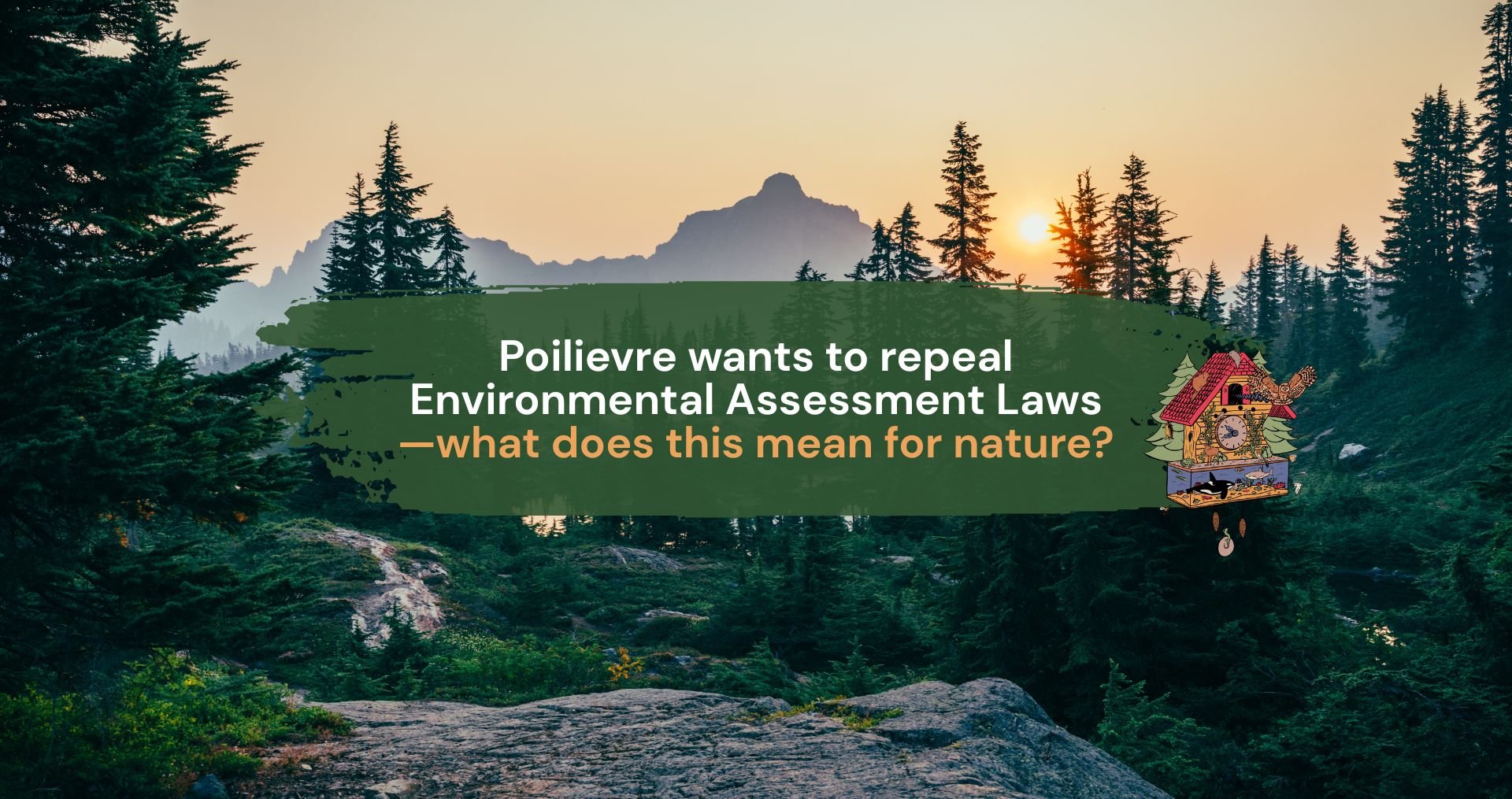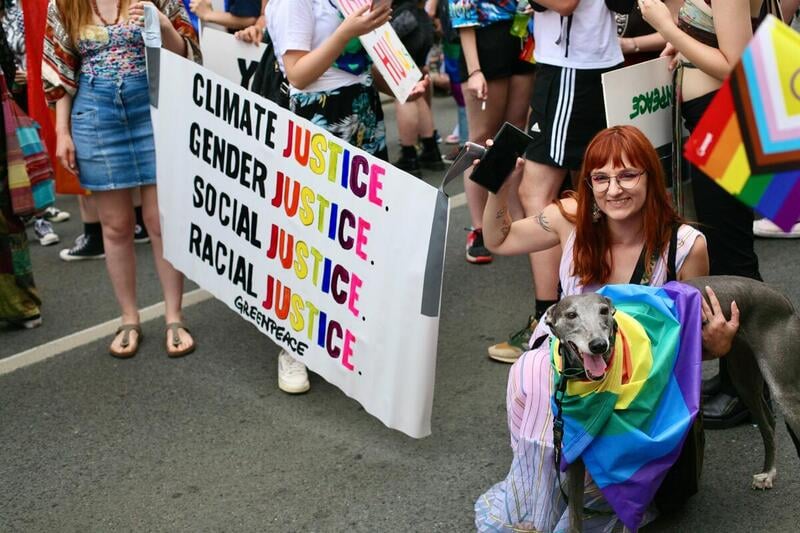For the past eight years, a ticking time bomb has floated off the west coast of Yemen in the Red Sea.
After the start of civil war in Yemen, the FSO Safer, a rusting tanker used to store oil, was left neglected with a skeleton crew in 2015.
It held over 1.1 million barrels of crude oil, four times more than the amount of oil spilled during the Exxon Valdez disaster in Alaska in 1989.
As the ship’s hull corroded and routine maintenance wasn’t performed, the threat of leaks and explosions grew more real every day. The fire extinguishing system didn’t work and, as other essential processes shut down, the ship became a tinderbox. Any spark risked a fire.
A major leak or explosion would be an environmental and humanitarian catastrophe. It would inflict irreparable damage on the Red Sea ecosystem — one of the richest and most biodiverse in the world — and the livelihoods of the region’s coastal communities. It could prevent the arrival of urgent humanitarian aid to Yemen, cause high levels of air pollution in the region, and disrupt water supplies throughout the Red Sea.
In 2020, Greenpeace Middle East and North Africa (MENA) had only a small campaign team — but knowing the threat the Safer presented to the region, they knew they needed to act.
Together with Greenpeace International, they mobilized a response team, sending a letter to the secretary general of the UN. They called on the UN to provide resources and remove the oil on board the Safer.
Next, the team released a scientific report, in Arabic and English, showing the full impact of a Safer explosion or oil spill on Yemen and nearby countries.
“The impact was immediate,” said Julien Jreissati, Program Director of Greenpeace MENA. Until then, the issue had not yet received much attention in the region. After the Greenpeace report was released, the Safer “finally became a story” in the countries most at risk and began receiving international news coverage.
Just five days after the launch of the report, a major political deadlock broke. An initial verbal agreement was made between the UN and the de facto authorities in Sana’a, Yemen, to allow for the transfer of oil from the Safer to another tanker.
There was just one problem. The large multinational oil companies that had used the Safer to store oil had cut and ran at the outbreak of war in Yemen, leaving the UN to raise funds for the salvage operation alone.
To support the UN’s fundraising efforts, Greenpeace’s response team reached out to national Greenpeace offices around the world with a petition calling on their governments to contribute.
Sources in the UN say that Greenpeace’s interventions were instrumental. The UN Resident and Humanitarian Coordinator for Yemen thanked Greenpeace for its help at a press conference in New York in September 2022, when he announced that the UN had finally raised enough money to begin the salvage operation.
During the long campaign, the response team gathered intelligence by working closely with allies in the region, including international humanitarian organizations and the environmental group Holm Akhdar, all while being involved in discussions with UN agencies and some government contacts. It also developed safety plans in case of emergencies on board the Safer.
Vitally, they kept the story in the public eye and on the international agenda by providing critical analysis to the media and the UN and calls to action for Greenpeace supporters.
On July 18, 2023, another tanker, the Yemen, arrived alongside the deteriorating Safer to drain and store its oil. The operation was not without risk and the chance of a spill was ever present throughout. The UN-coordinated operation finished on August 11 2023, once all the oil had been transferred off the Safer.
With the oil now stored aboard the Yemen, the immediate threat of an explosion has been averted. Greenpeace will continue to monitor this situation and amplify the work of the NGO Shipbreaking Platform in advocating for the proper recycling of the Safer.
This story highlights the glaring absence of accountability shown by the oil industry to pay for its damages and clean up its messes. The estimated $140 million cost of the salvage operation is nothing for major international oil companies currently making record profits — and little when compared to the estimated $20 billion cost of an oil spill.
The fact that this catastrophe has been averted happened because Greenpeace supporters around the world rallied behind the call and kept boosting the story over time, making it impossible to ignore at the highest levels. Together, you changed the world.
“I’ve been involved in cleaning up oil spills for years,” said Paul Horsman, Project Lead of the Safer response team. “To be involved in preventing one makes me very happy.”




Discussion
Thank you to all the people who are working hard to save the world from climate change disaster.